A field guide to the culture tribes of London
Get spotting

For the uninitiated, London can be a strange and scary place. However, for the ornithologically-inclined, it can be a place of wonder. Let felix be your guide, taking you on a tour of the different culture tribes you can spot in the capital. Bonus points if you manage to see them all!
The Techno Head
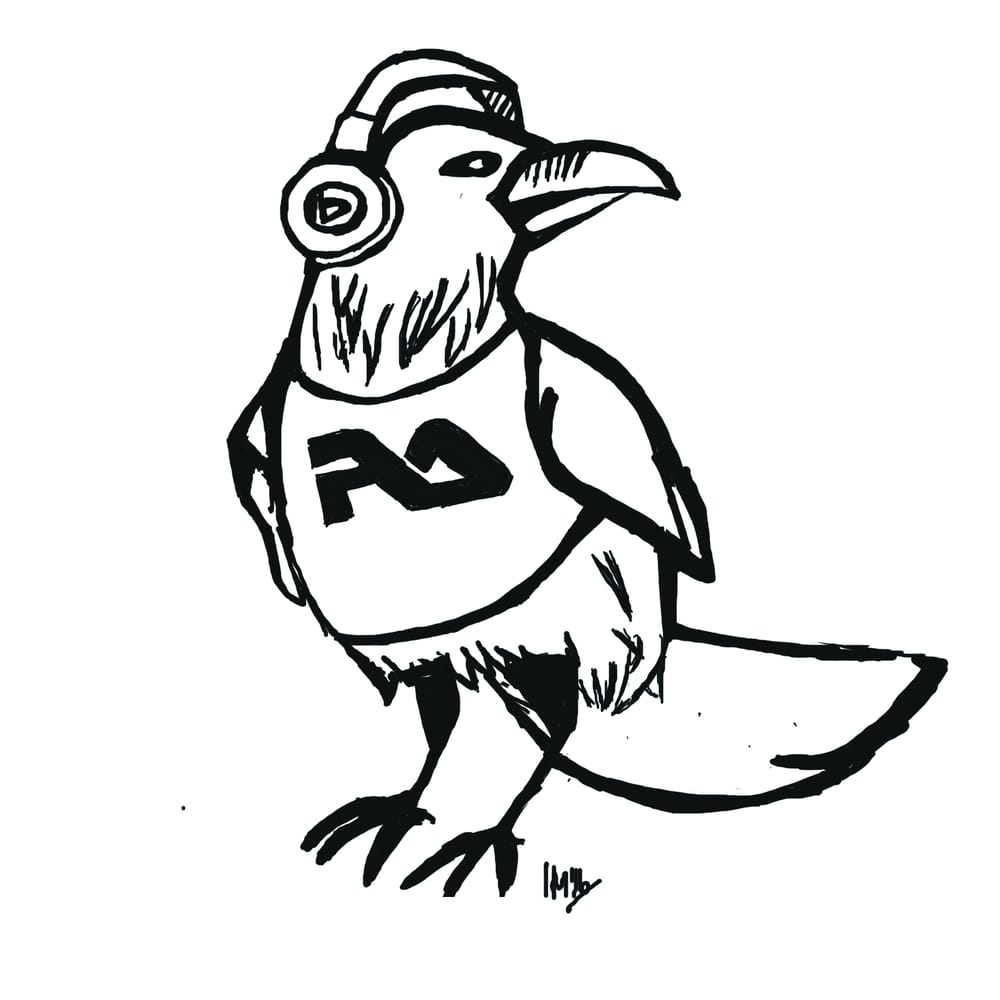
Natural Habitat | Café Oto; Rooms with Boilers Identifying Features | Vetements Jacket; Ironic Sportswear; 3am pallor Bird Call | Heterocetera by Lotic
This species has made all of London its home. From abandoned asylums in Peckham to old gasometers in Bethnal Green, art galleries in Piccadilly to cafés in Dalston, the techno head can be found anywhere with experimental, esoteric, or electronic sounds. Or, at least, anywhere Resident Advisor tells them to go. Look out for the distinctive black clothing; typically layered light knits with wide legged trousers, but occasionally high-end designers (think Gosha or Vetements). Generally a solitary animal, they tend to stick to their own kind, congregating in areas free from generic pop music. A solely nocturnal beast, they are rarely seen in daylight hours; the best viewing spot is on the N63 bus, in the early hours of Saturday morning.
Unfortunately, the techno head is a dying breed; the closure of the most famous aviary, Fabric, has signalled, for many, the death toll for this most delicate of species. Sadiq Khan has promised to put a conservation programme in place to help protect the techno head’s natural habitats, but commercial forces are unlikely to pay heed. If only the night tube extended to Camberwell.
The TV Binger
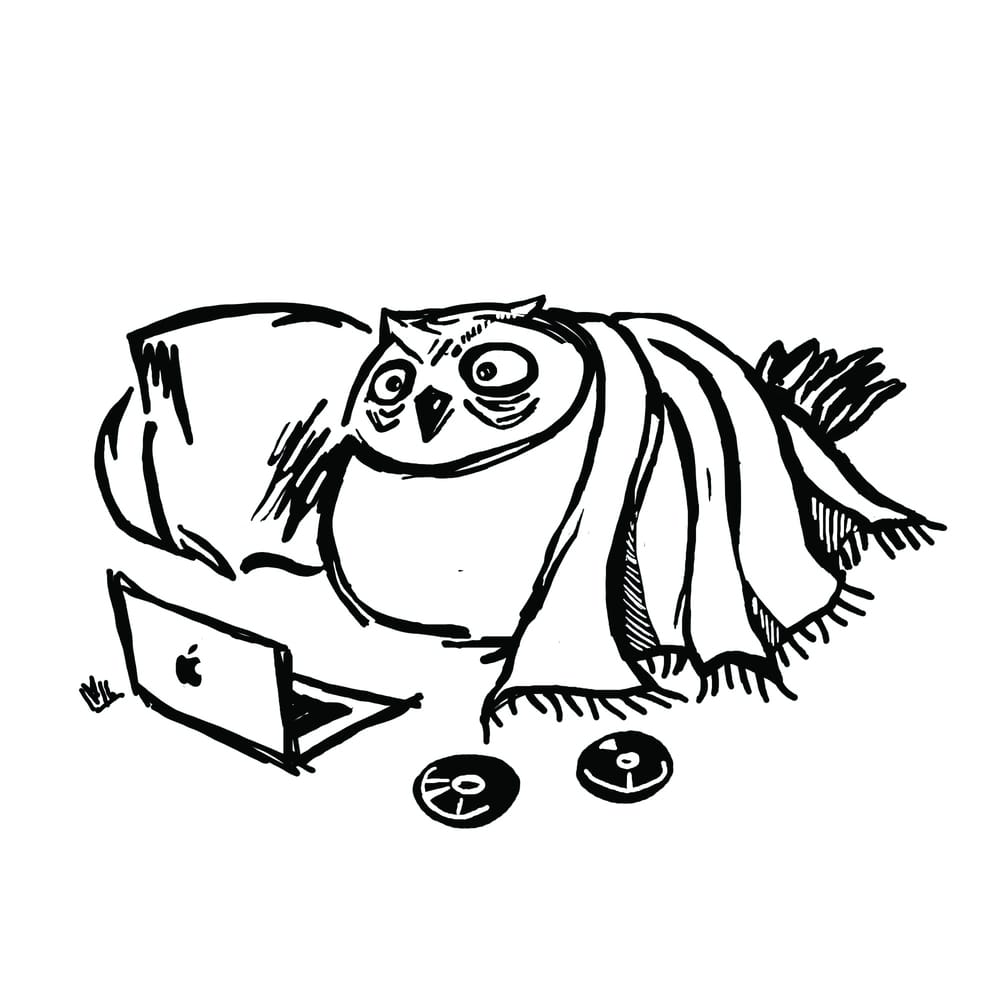
**Natural Habitat |**A nest made of blankets. Look for the tell-tale charging cables.
**Identifying Features |**Bloodshot eyes; Complete aversion to natural light **Bird Call |**Game of Thrones Theme
Pity the Binger. Whereas previously their diurnal rhythms would allow a normal work/life balance, with a day in advertising supplemented by an evening watching Twin Peaks, like many species, the stresses of modern life have been putting excess pressure on this beautiful species. First came the arrival of the big-budget TV drama; around the new millennium, with the advent of The Sopranos, twitchers reported that the Binger’s normal call had been replaced with ‘TV is the new cinema’. Then came the on-demand box sets. The explosion of Netflix, which rapidly ballooned from a small DVD-mailing service to a multinational streaming behemoth, signalled the final nail in the coffin of the Binger’s natural habits.
Today, the Binger’s usual activity patterns have switched to one of permanent hibernation. While good TV used to be a once in a generation occasion, today it seems there’s a new masterpiece coming out every week, and even just keeping up with Twitter memes requires at least 18 hours of viewing every day. Recently a new phenomenon has been reported of Binger paralysis: faced with infinite choices of what to watch that day, the Binger will often just stare at the screen in panic, forgetting to eat or drink, until it eventually simply dies. And it still won’t have got round to watching The Wire.
The Film Buff
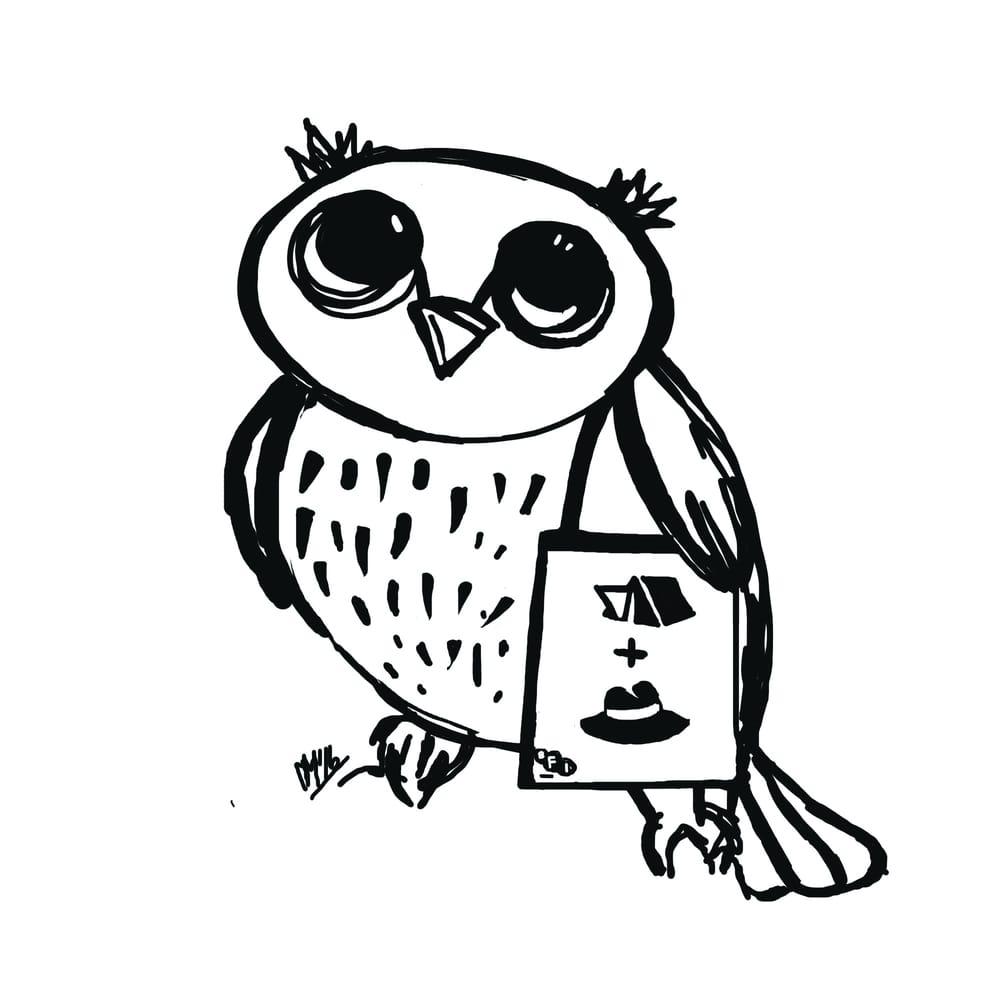
**Natural Habitat |**BFI Southbank **Identifying Features |**Fear of sunlight; Copy of Sight and Sound **Bird Call |**Loud opinions on Woody Allen’s films; quiet opinions on his sexual abuse
Like the techno head, this is a species that exists mainly in the dark. After generations of only being exposed to a single source of light, the film buff has developed large, saucer-like eyes, that allow it to take in even more of the latest Almodóvar flick. The low light levels have also meant it has evolved with razor-sharp vision, capable of distinguishing the difference between a 35mm and a 70mm print – despite what we all might think, they are not the same. The film buff’s head can rotate nearly through an entire 180 degrees, which is particularly useful for shushing anyone who dares disturb their film with popcorn, wrapped sweets, or, worst of all, use of a mobile phone.
In many ancient cultures, this noble species was a symbol of great wisdom, mainly for its ability to describe all of Jean Paul Godard’s filmography, and its great fortitude in the face of Bela Tarr films. They are usually found singly, or in pairs – they rarely exist in a large group, and almost never call to each other. A peculiar phenomenon known as ‘mobbing’ may be observed where lesser species, who think that Christopher Nolan is a genius, gang up on a single film buff – this process has been made much easier with the introduction of IMDB.
The IG Kween
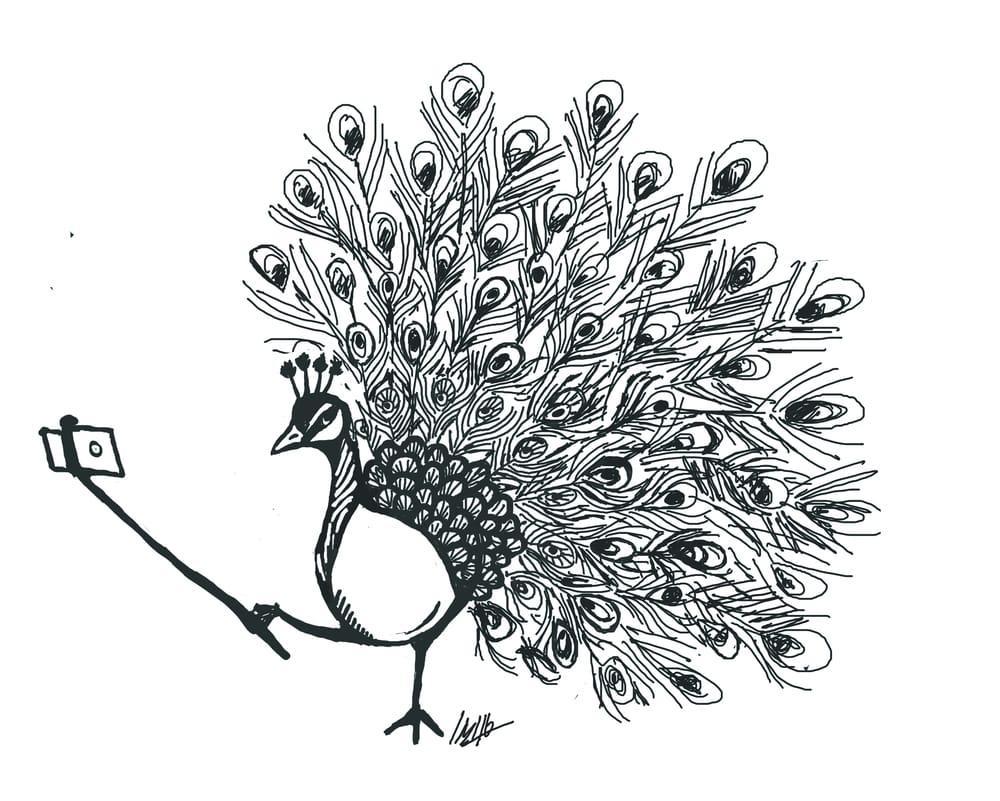
**Naturwal Habitat |**Wherever Time Out recommends **Identifying Features |**Outstretched arms for convenient selfies; IG-ready make-up Bird Call | Discussions about the best filter to use
For the IG Kween, seeing things isn’t really what’s important – it’s being seen to be seeing things. Different social media platforms can provide this Kween with a great opportunity to spread its wings, but Instagram still rules at the end of the day – the poor lighting in Victoria Miro makes putting a dog filter on your sick Yayoi Kusama super difficult!
Since the Kween is so easily distracted by its smart phone, which is permanently attached to its hand (the significance of this ritual is not fully understood by ornithologists), they are surprisingly easy to observe at a close distance. At the weekends, they can be found flitting from one gallery to the next, stopping long enough to take a couple of snaps, pausing for a quick snack: smashed avocado on artisan sourdough, artfully documented, and then left unfinished. They are a lot more difficult to find in the weekday – those with a spare Wednesday afternoon who want to see a specimen would be best off finding the nearest PR agency; that’s where they are all holed up.
With a wealth of decisions to be made about presenting their online image: from filters to hashtags, captions to formatting, the Kween is the natural curator of the cultural world. Anyone looking to start working in museums, now would be a bad time to start – this is one ecological niche that is fully saturated.
The Theatre Bore
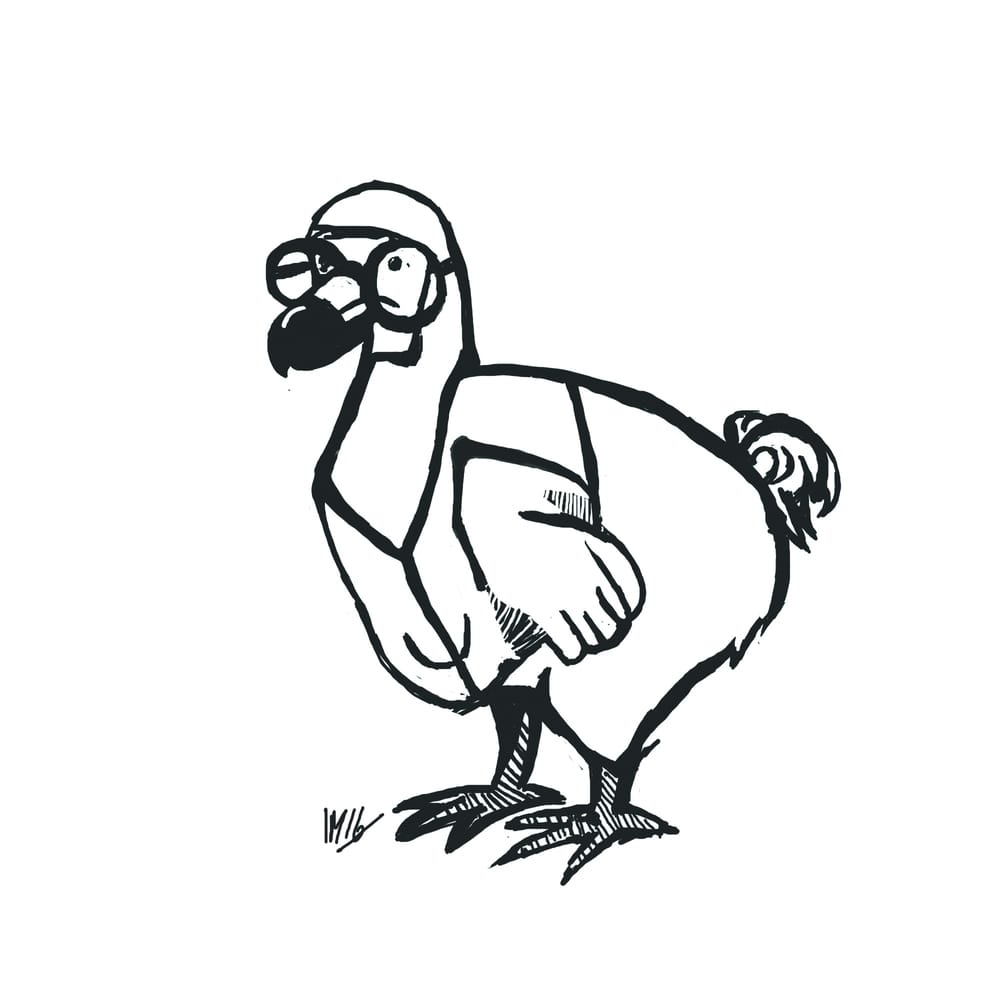
**Natural Habitat |**National Theatre; Old Vic; Almeida **Identifying Features |**Gold-plated pensions; Copy of The Telegraph **Bird Call |**Radio 4
A blast from the past, the Theatre Bore is single-handedly keeping the British stage afloat. Its exclusive diet of set menus at the National Theatre restaurant injects money into the struggling world of UK theatre. Given the absurdly early time you need to order theatre tickets, and the fact that most species have no idea whether they’re going to be on a zero-hours contract in six months’ time, most rows of London theatres will be filled with these Theatre Bores, who inevitably nod off about 20 minutes into the second act.
It can be difficult for the average student to get up close and study this species in its natural environment: certain aviaries are offering special deals for students, but these are few and far between. The sharp elbows of the Bore make it a dangerous bird to engage with, especially if you’re standing between the theatre doors and the atrium bar when the interval lights go up; it’s not uncommon for students to be trampled by the stampede of Bores making a dash for the bar to sample overpriced Chardonnay whilst complaining about the entitlement of the modern generation, before they fly back to their home nests – never rented, always owned outright.








